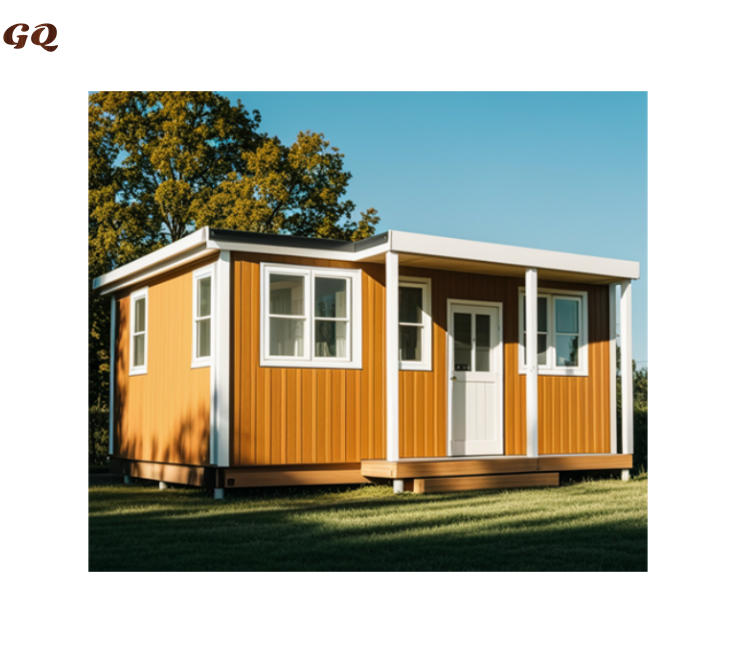Introduction
These prefabricated houses — which are also described as modular homes or factory-built, flat-packed— have been around for quite some time and yet have only recently gained popularity due to their relative affordability, efficiency and the environmental benefits. The question frequently comes down to this: are there any additional modifications available within these built configurations for further individual design and specific requirements. The answer is yes, because prefab houses have a ton of customization available to homeowners looking for their perfect and unique dream home.
Understanding Prefabrication
Off-site pre-fabrication (also known occasionally as prefabricated) refers to the construction of a home component at another location, after which it is transported in pieces to be further assembled on site. The method has a greater level of accuracy and quality control, with less waste in comparison to conventional on-site construction. Benefits of prefabrication: Time-saving, cost-efficient and environmentally friendly with less waste are more economically efficient in its materials.
Miscellaneous Options in Prefab Homes
Modular houses allow for complete customization so that each family who wants a prefabricated abode can build it according to their desires and needs. The collection offers a number of floor plans and layouts but can also be tailored to suit individual homeowners. This permits changes to be made in room sizes, plans and the steady stream of a home mandatory for it being reasonable for his or her family unit way of life.
Customization continues to rule when it comes design. Coming in a variety of materials, colors and finishes you can choose an aesthetic that best suits your vision with prefabricated homes. The exterior can be clad in traditional or contemporary materials to either fit seamlessly within a given environment, adapt itself surroundings for different weather challenges, and lend some signature visual element.
Interior Design and Finishes
The interior of a prefab is just as personalized. Homeowners get to choose their personal aesthetic look with the interior finishes- flooring, wall coverings and ceiling treatments. There is a limitless variety of cabinetry, counter-top and fixture options when designing your own kitchen or bathroom.
Additional appliances can be added, including ashtrays and waste bins. The home also boasts energy-efficient appliances and light fixtures, as well as smart-home technology for added mod-convenience.
Sustainable Energy and Green Technology
Another key factor is building a prefab home that will maximize energy efficiency. Insulation, window and door selections can aid to exploit energy conservation that the end result should be very low utilities bill compared with above mentioned as well it will reduce a carbon footprint. It can also help that designing for natural light and ventilation is a step towards conserving energy and making in the long run, living indoors sustainable.
Legal & Regulatory Considerations
Although customization is great, it also needs to comply with local building codes and zoning ordinances. These regulations can restrict certain elements of the design or materials used, so you should always work with a prefabricated home manufacturer who is experienced in building homes for your area to make sure it complies.
How Technology Played a Role in Customization
Even greater improvements in technology are making those insights more interactive and accessible. Homeowners can view their home in 3D using digital design tools and even explore what the floor plan, fixtures and finishes will look like thanks to virtual reality (VR) or augmented reality (AR).
Challenges and Considerations
In addition to the time constraints, another challenge remains in balancing customization and mass production within the realm of prefabricated home construction. But many manufacturers are supplying that demand with a breadth of choices, collaborating closely with homeowners to get the look feel specific and personalized.
Conclusion
Customizing Prefabricated Homes As we can see, yes, prefabs are customizable to satisfy the taste and need in. There are many different options for customization, from floor plans and the way your house will look on the outside to finishing in the inside of it—and even everything energy efficient. The future for prefabricated homes is a bright one, and the more that technology advances and processes are refined, we will see them enter into full production to help redefine our expectations of housing by offering completely bespoke prefab products in both an inexpensive residential building solution as well as a sustainable one.

 EN
EN







































